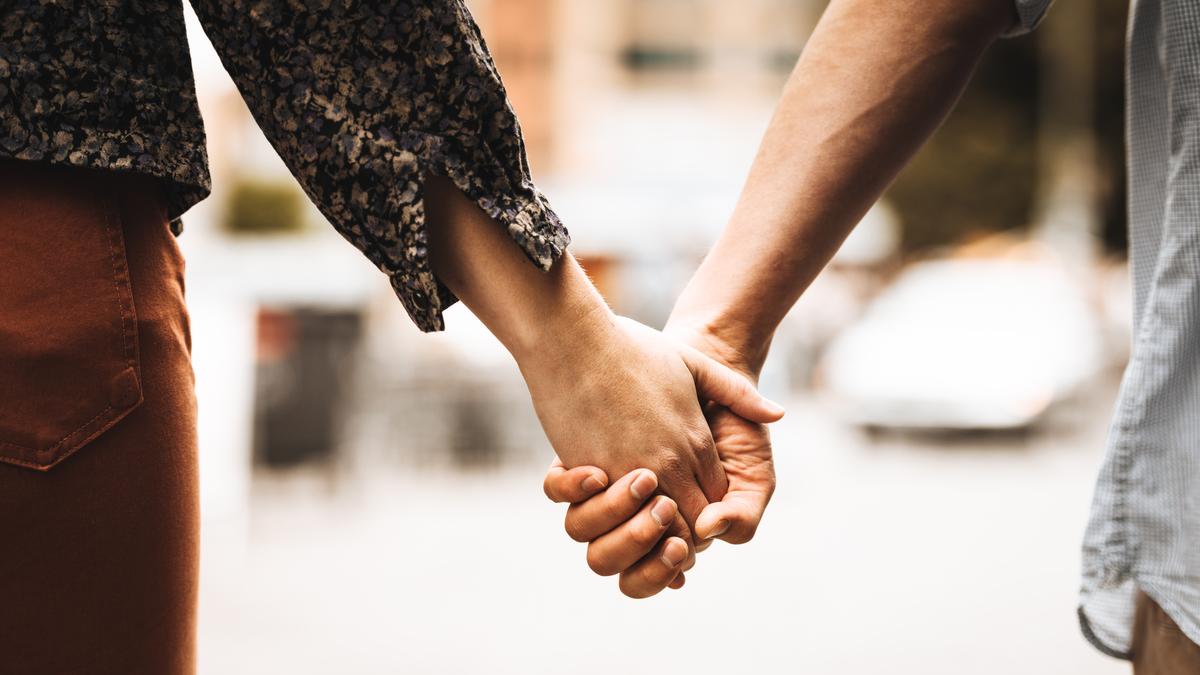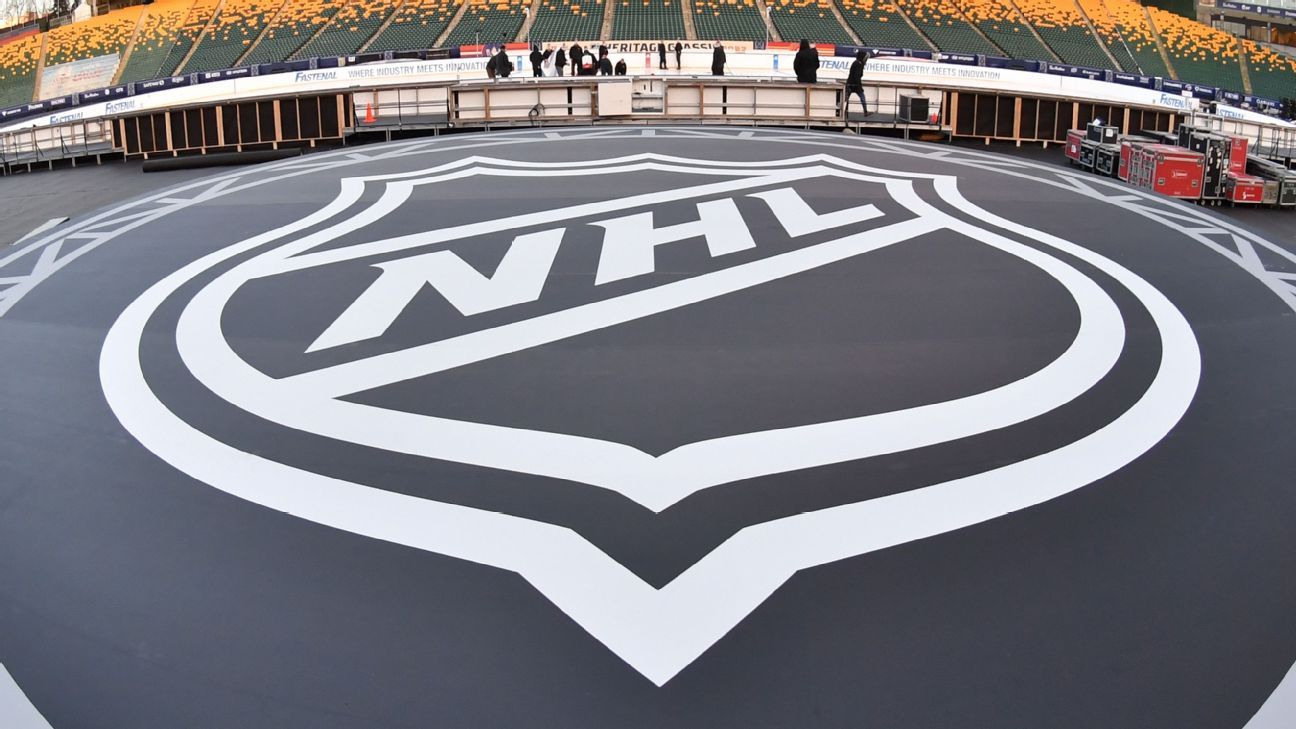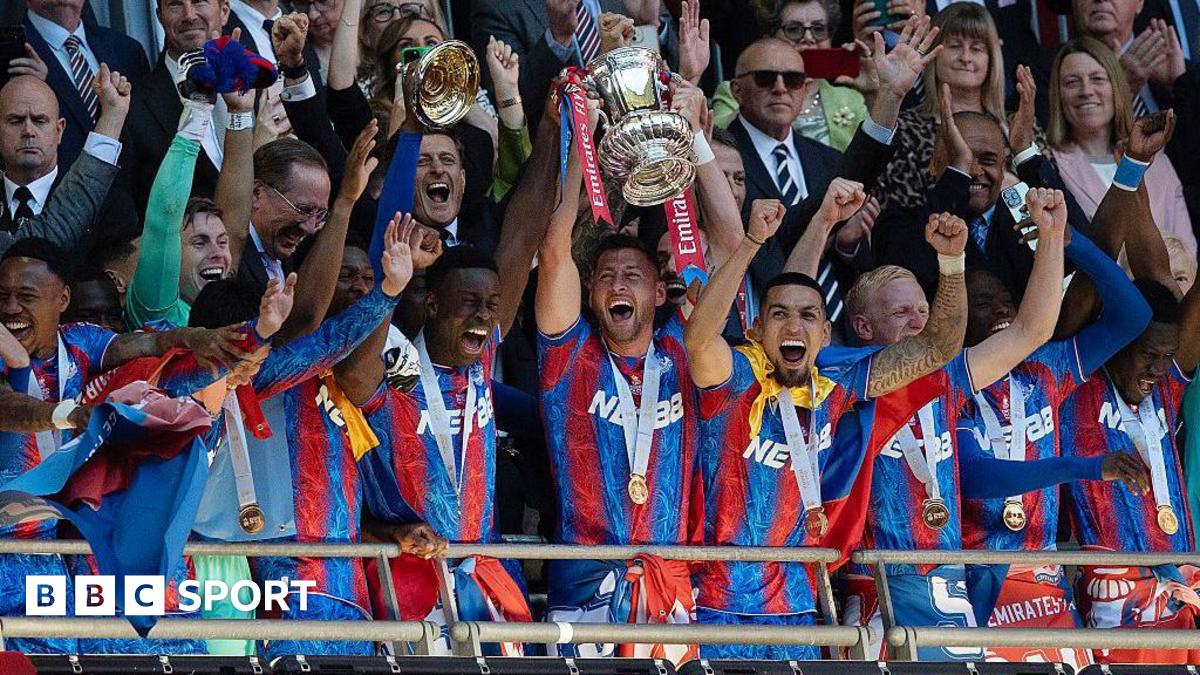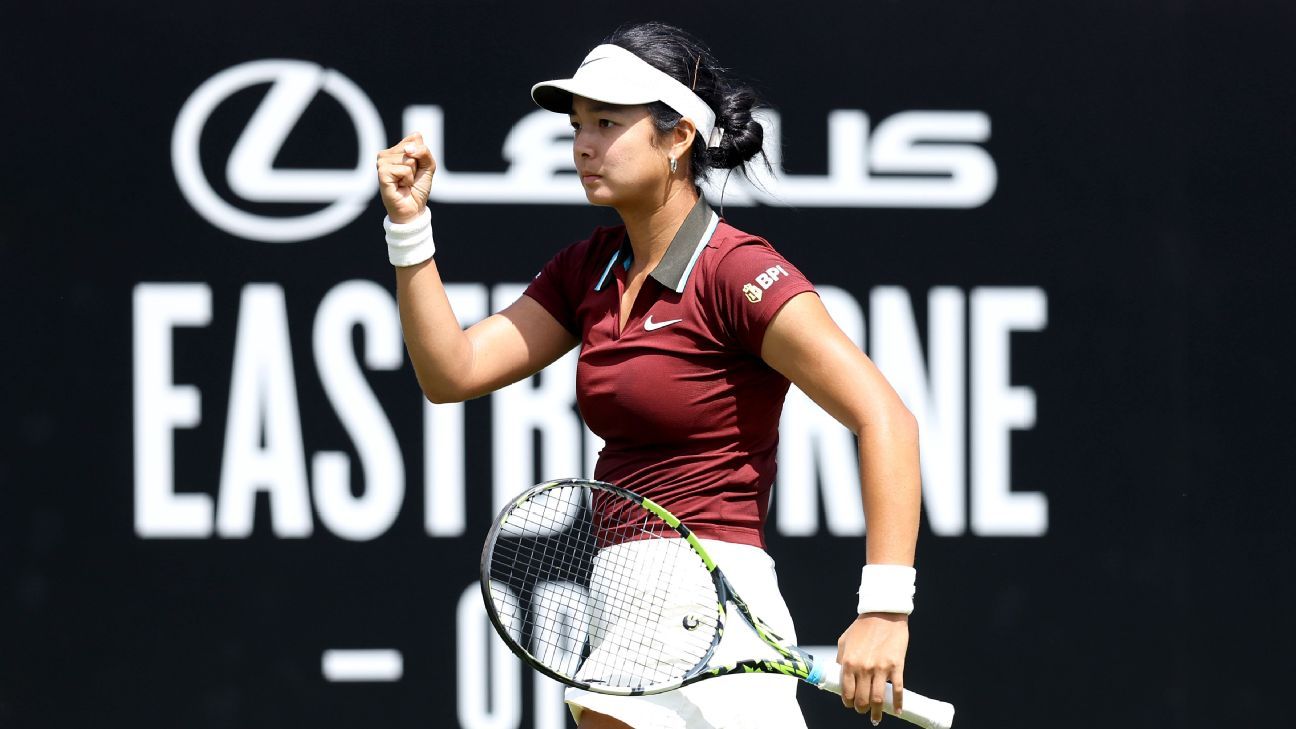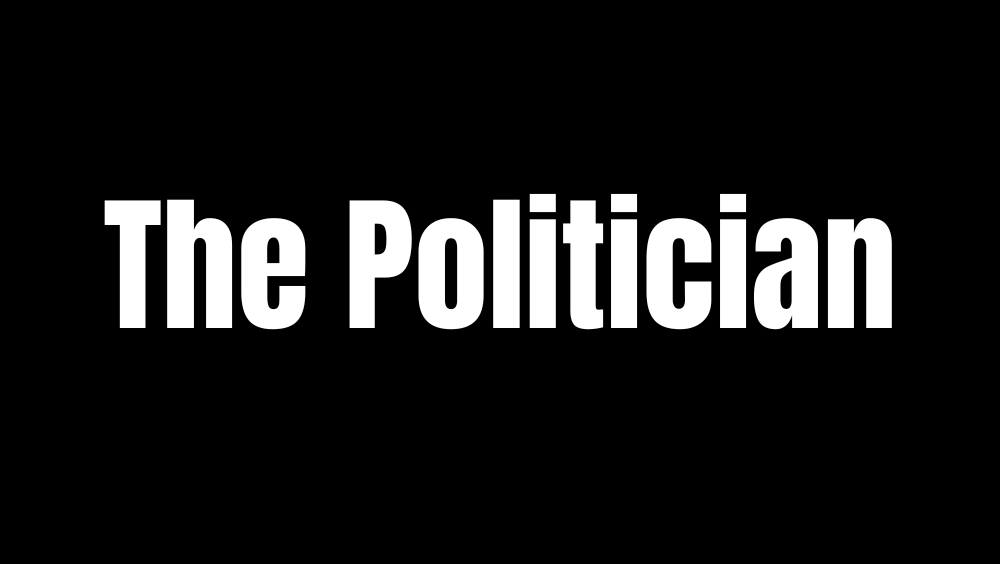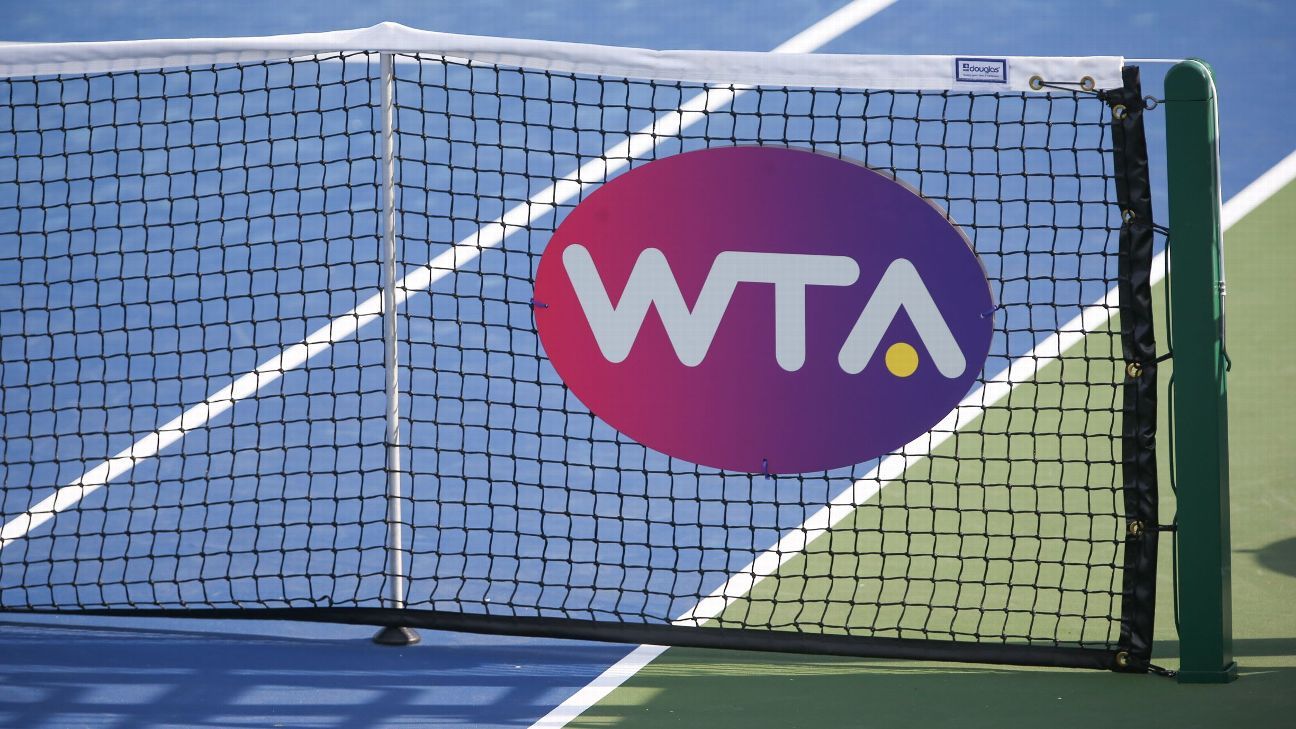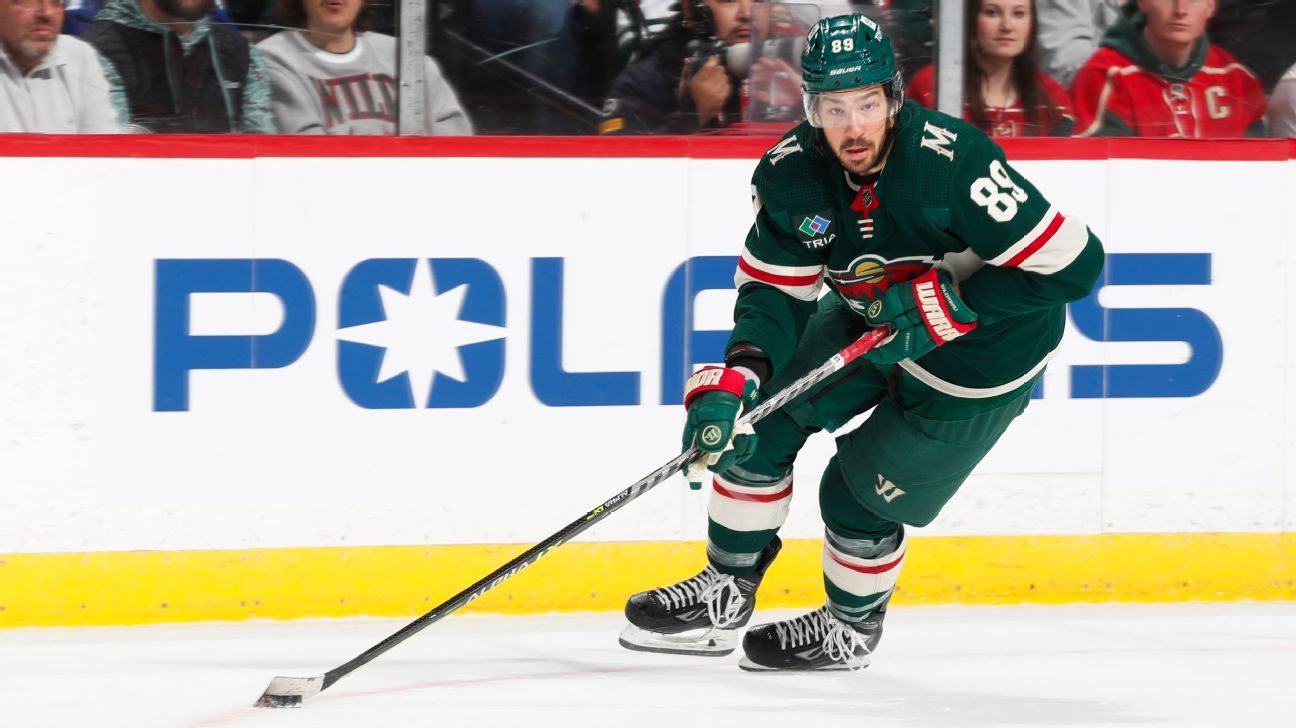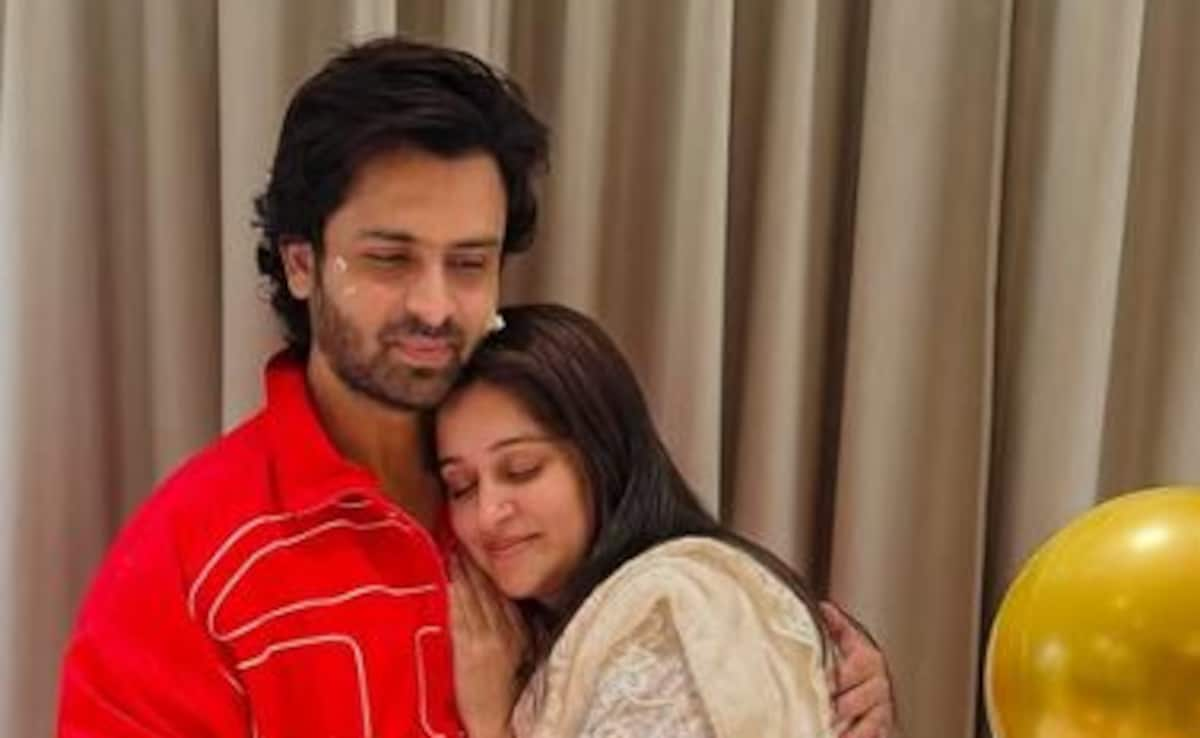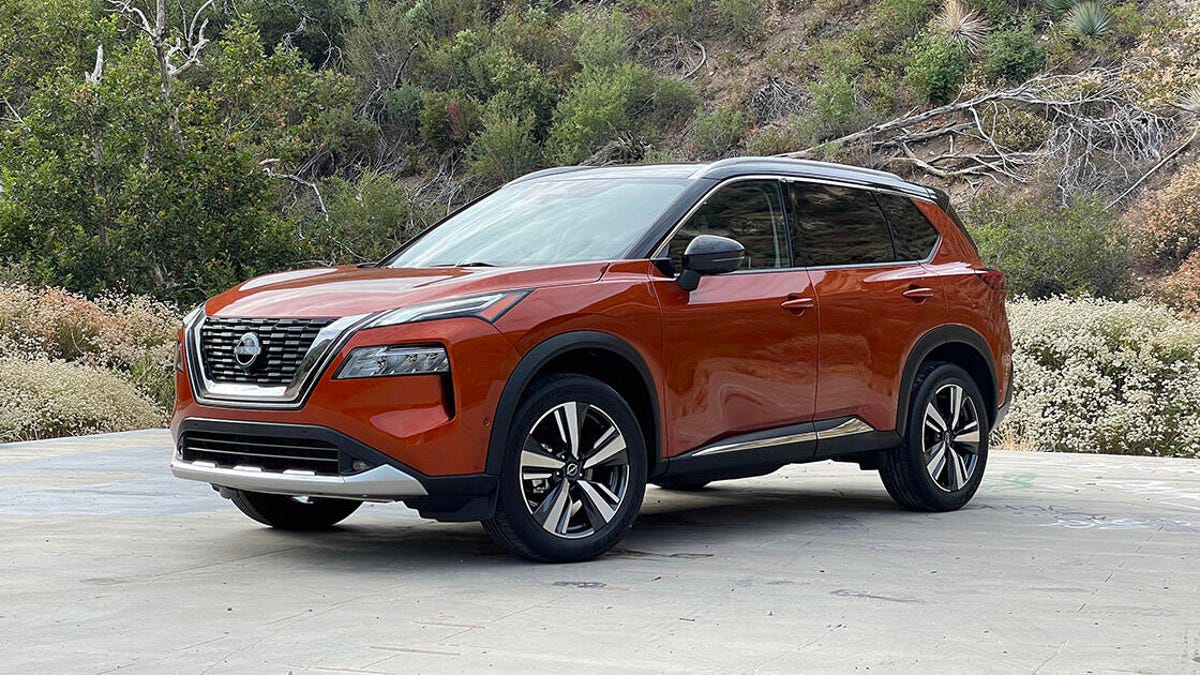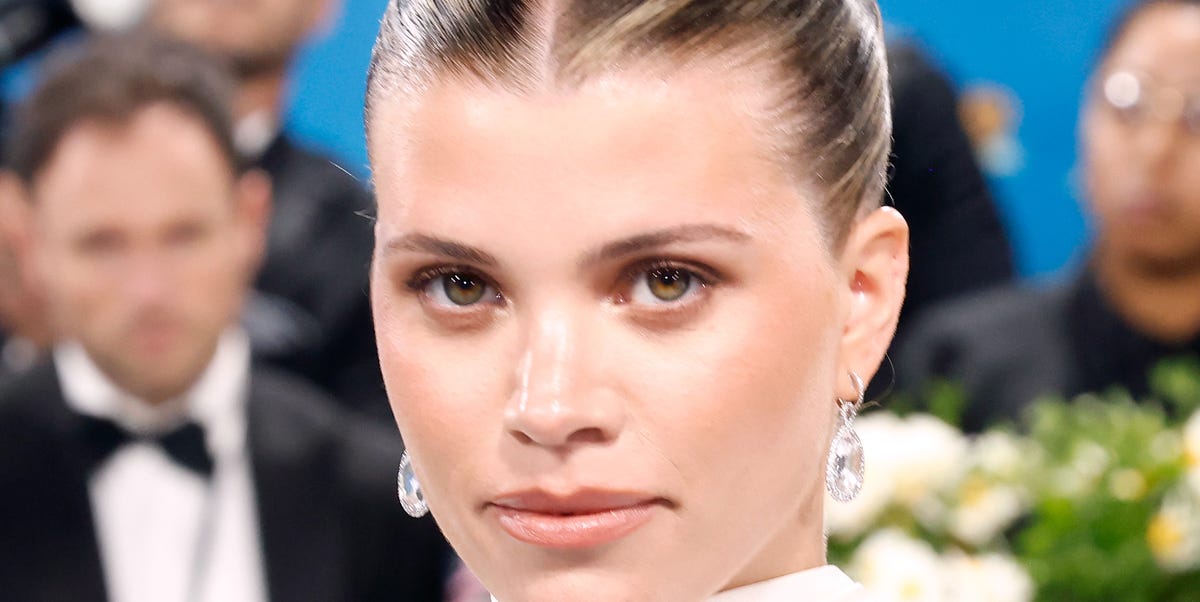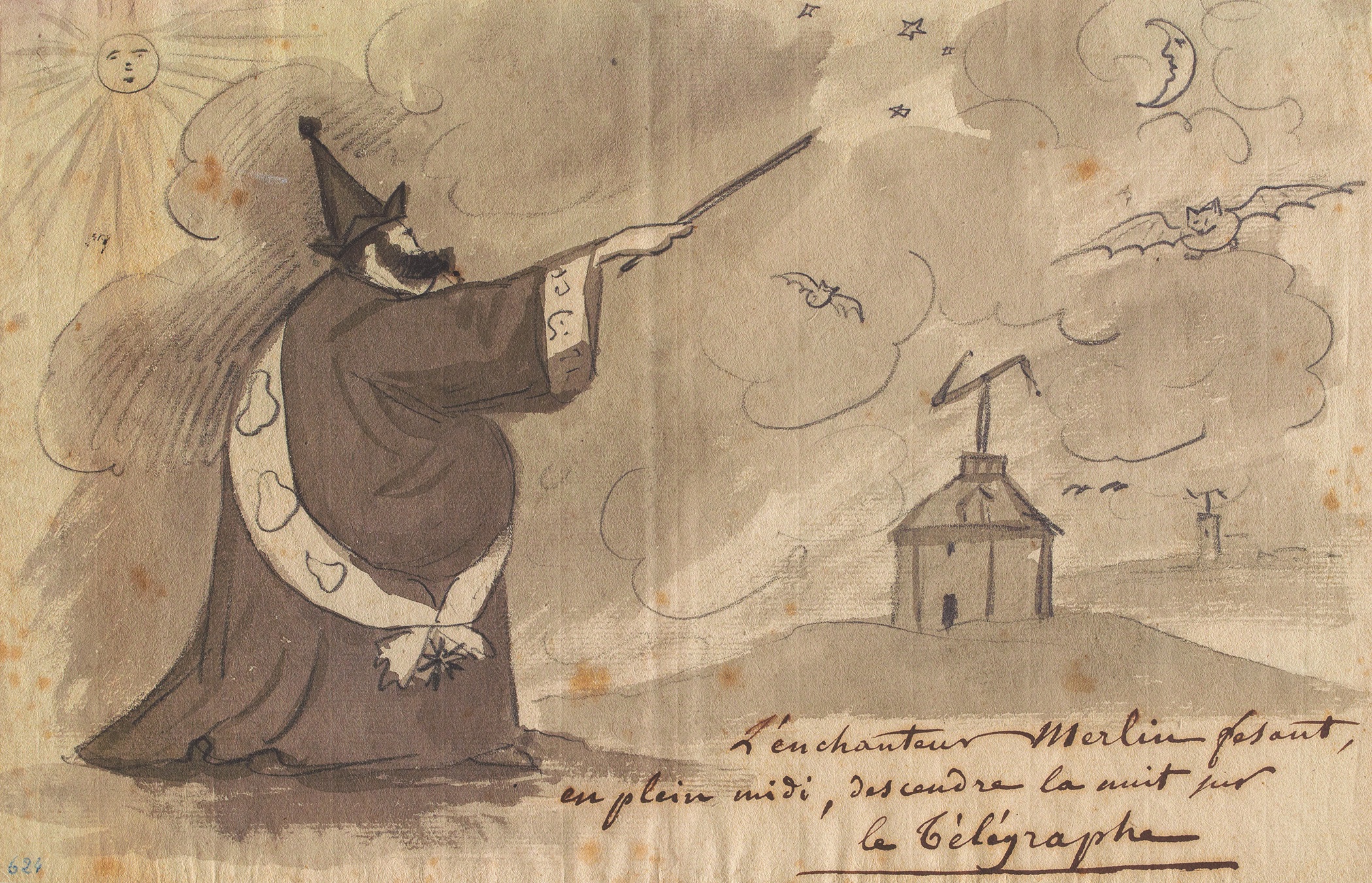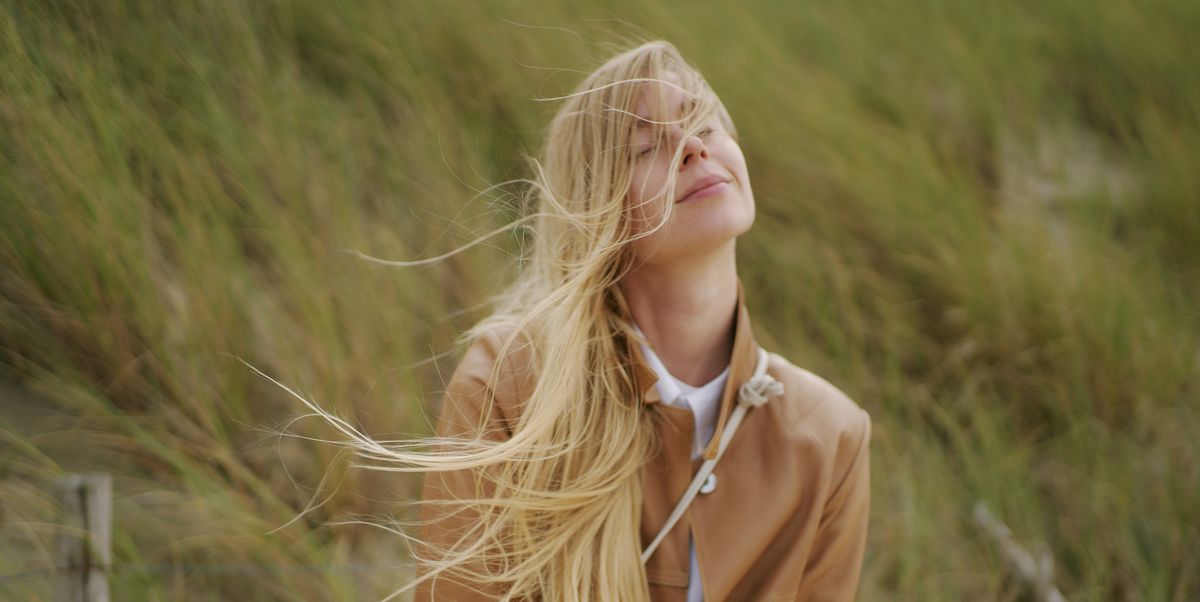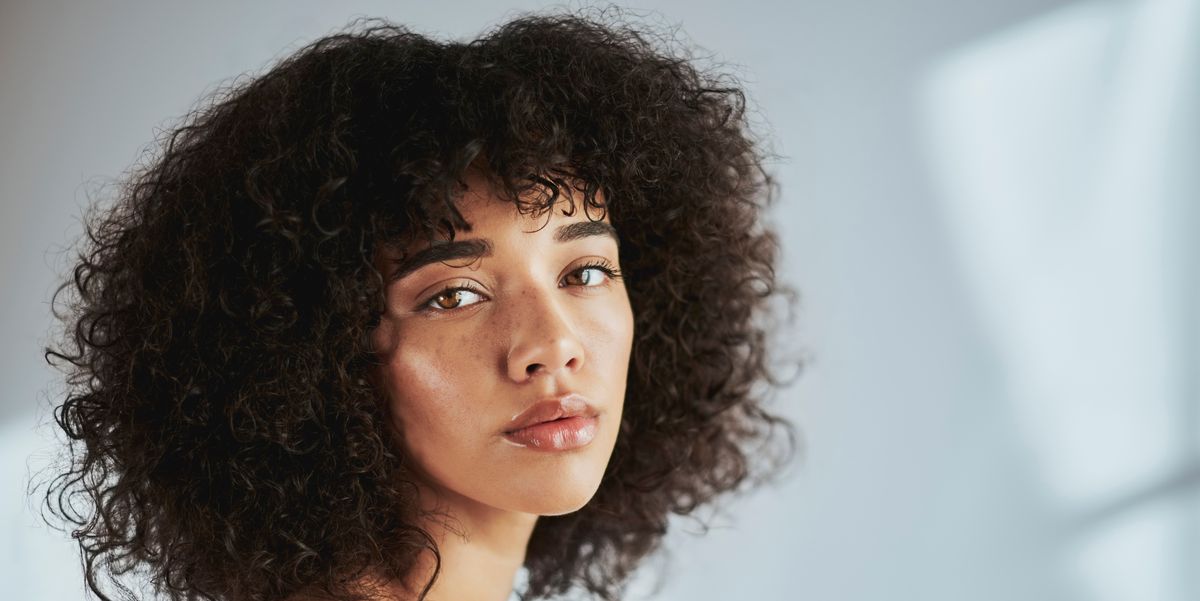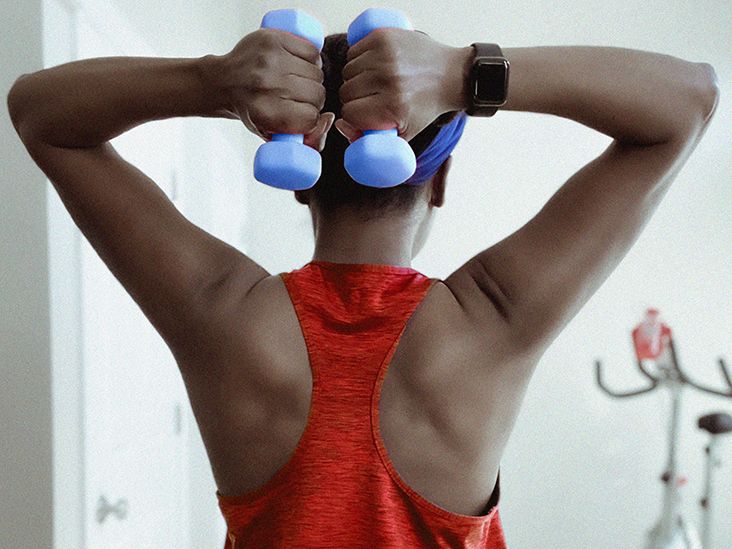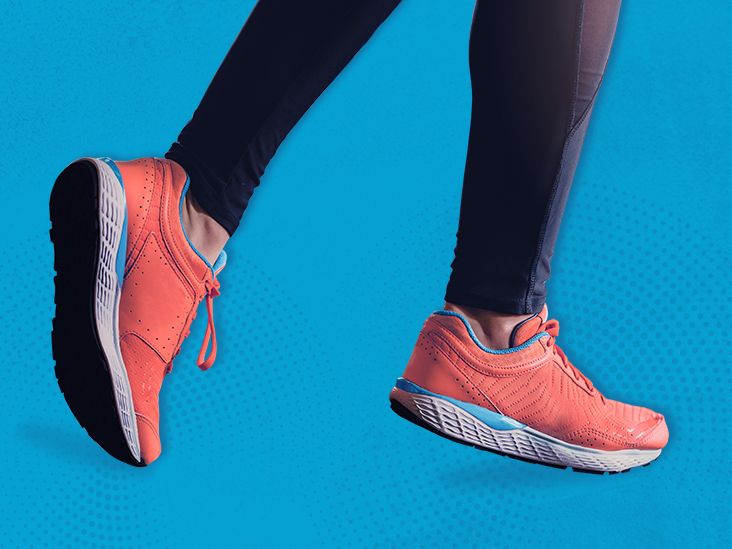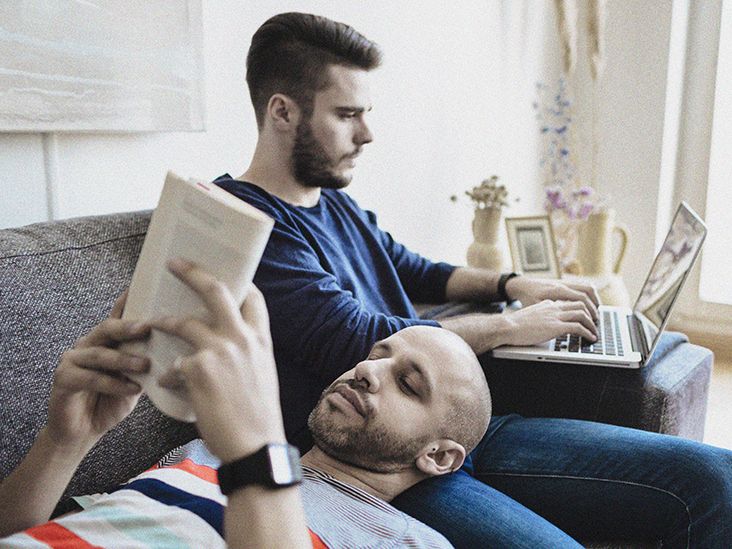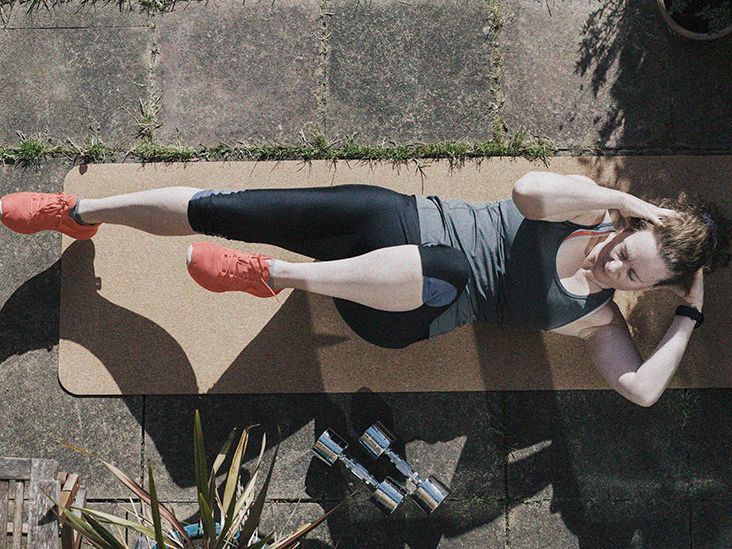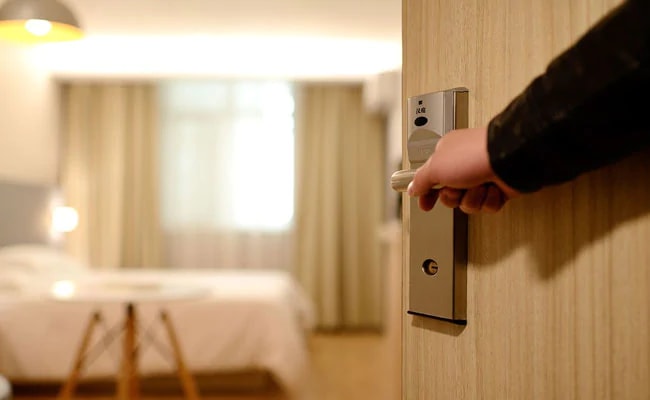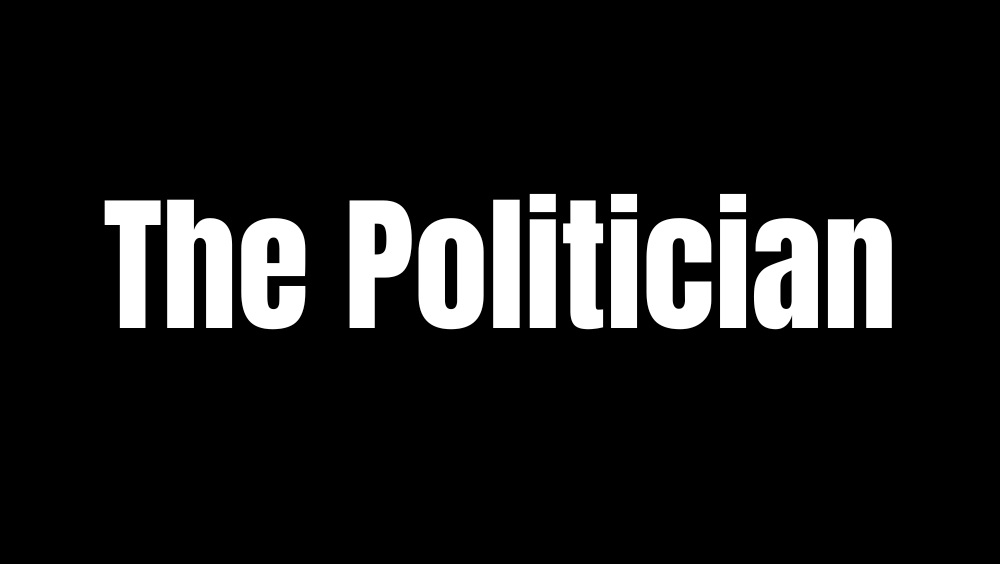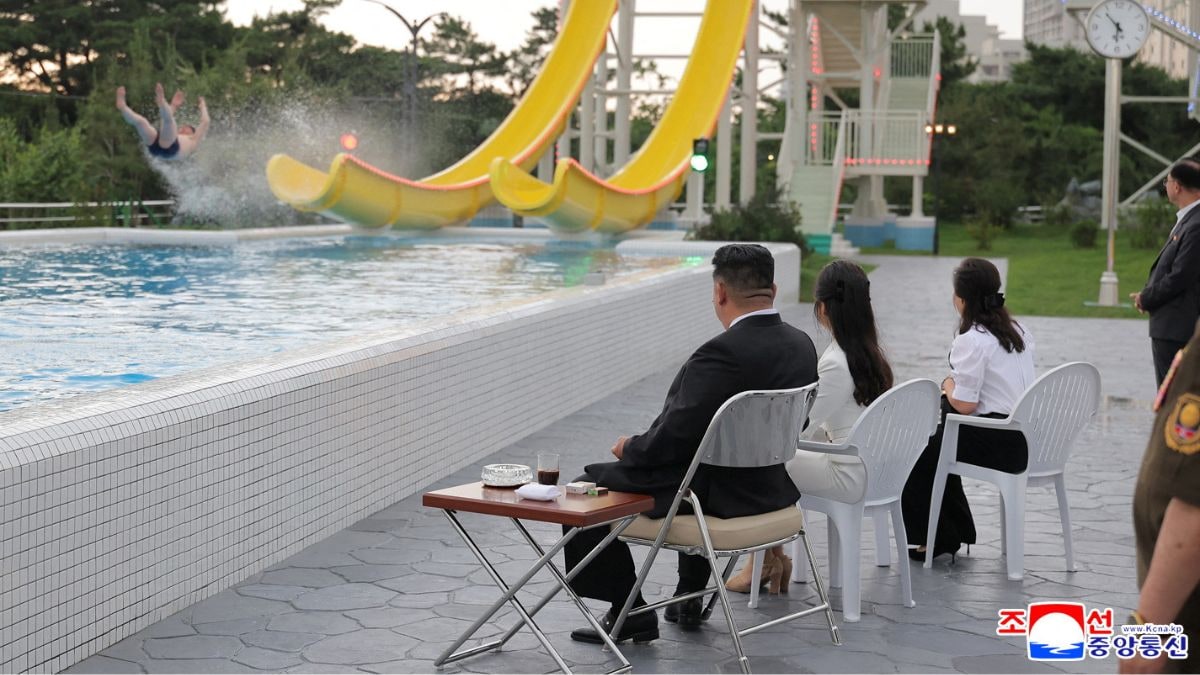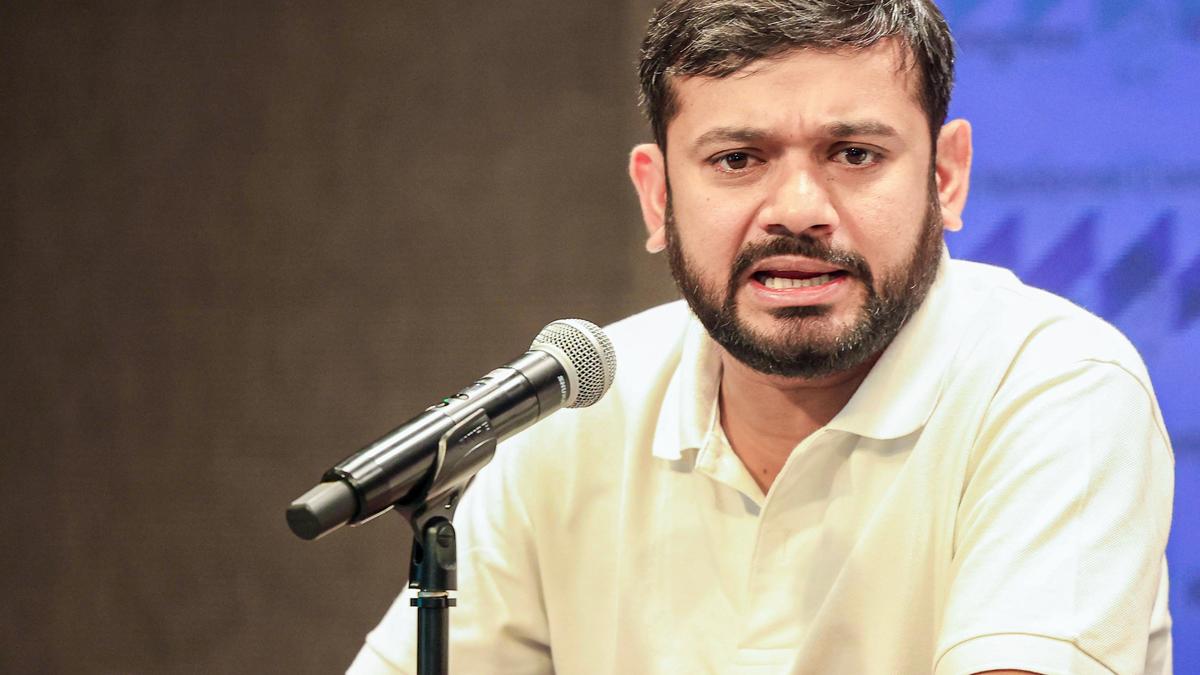The New Aesthetics of the Queer Bar
I think one of my favorite bars knew I was queer before I did. After Singers opened in Brooklyn in 2022, I made a habit of going with friends — all queer, which should have been my first sign — and I couldn’t put my finger on what felt so right about the space. It […]


I think one of my favorite bars knew I was queer before I did. After Singers opened in Brooklyn in 2022, I made a habit of going with friends — all queer, which should have been my first sign — and I couldn’t put my finger on what felt so right about the space. It had low wood ceilings and antique lace curtains, but also touches of chrome, Clocky from Pee-Wee’s Playhouse, and flattering lighting shining on all kinds of hot people in Puppets and Puppets sipping tiny martinis. It was only when I saw some retro gay cop porn projected in a separate room that I asked, “Is this a gay bar?” to which one friend said, “It’s a queer bar. But it’s also just a vibe.”
With nary a Pride flag in sight, this was not the homosexual watering hole I was promised in my youth. As a teenager during the 2000s, I grew up with concepts of “gay” or “straight” bars that felt clearly demarcated in clientele and aesthetics. Straight bars could look however they wanted (as usual), while gay bars were stamped with rainbow decor, No on Prop 8 stickers, images of the Stonewall Inn, Human Rights Campaign posters, and other visual reminders of the fight for equality.
While seeing bar walls dressed for activism felt good (and these bars remain essential fortifications against threats from the Trump administration and in rural, conservative towns with less visible queer communities), it also made me wonder if the Culture at Large would ever be interested in understanding queer people outside of our trauma or preconceived notions of “looking gay.”
“This idea of ‘a gay bar’ was really a function of a time in the 1970s when it was the only public space for queer people,” says UC Irvine professor Lucas Hilderbrand, author of The Bars Are Ours: Histories and Cultures of Gay Bars in America. “It was very codified with either men’s bars and women’s bars as separate spaces, and there weren’t very many transgender bars” — although, he’s quick to elaborate on the ways in which these communities intersected and came together for support and survival.
Since then, self-identifying labels of “queer,” along with nonbinary, transgender, and AFAB/AMAB, have become mainstream (partially why I realized I was not only queer but genderfluid in my late 20s). As the vernacular around gender and sexuality has broadened, so too has the need for bars whose aesthetics speak to their specific visions and purposes.
Often, a Pride flag — the go-to visual marker of queer spaces for decades — isn’t quite enough to reflect all of these shifts, or the ways Pride has been co-opted by corporate interests. “In theory,” Hilderbrand says, “the Pride flag is about inclusivity, but it connotatively can also mean a corporatization of Pride or [lack of] fluidity.” It’s something the team at Singers has worked on too. “I think we all thought, ‘We don’t just want a big gay Pride flag on the wall,” says Erik Escobar, social media and events coordinator who helped design the space. “Sometimes that feels performative, especially at a time when so many random bars will have a shitty little flag in a cup without actually practicing [allyship].”
These conversations have really built up over the last five years. “[The post-lockdown landscape has] become this kind of reset,” Hilderbrand says. “And there’s this sort of new opportunity that emerges with the reopenings to reimagine what a gay bar or event looks like.”
Today, new, eclectic LGBTQ bar and nightlife spaces have developed diverse aesthetics to respond to the shifting needs and desires of their communities, providing queer people spaces to exist simply as, well, the people they are.




Singers (Brooklyn, New York)
Escobar and co-owners Brooke Peshke and Michael Guisinger had never started a bar before Singers.
“That was an asset, I think, because you will sometimes enter bars and nightlife spaces that don’t feel authentic,” Guisinger says. “For Singers, we were all making decisions on the hip. It felt really personal.”
Initially, Peshke had envisioned some kind of project upstate, but after chatting with Guisinger, a bar concept emerged from the parties the latter threw in an apartment adjoining the bar space. To help define Singers’s structure and social calendar, Guisinger brought on Escobar, who used his DIY event experience to produce prom nights, tarot readings, a steam room-themed party featuring an actual sauna, and the now legendary Twinks vs. Dolls Cigarette Race (where prizes have included vouchers for botox and fillers).
They all stress the importance of implementing their personal design tastes, but the space also remains flexible enough to encompass their spontaneous, ambitious programming. In that sense, Singers takes cues from Elaine’s, a now-shuttered, dark-wood-and-tiny-lamp Upper East Side bar. “[Elaine’s] went through all of these phases as a writers bar, then a showbiz bar, and then a movie industry bar,” Guisinger says. “It had shifting creative lives. But [the owner, Elaine] was the center of it. The aura.”
Much like Elaine’s, Singers ebbs and flows to the whims of its stewards, without ever compromising on their intentions to create a bar as queer people, instead of simply marketing a space for queer people. “Elaine’s gave artists and writers support and patronage. That’s also our approach. We’re collaborative,” Guisinger says. “If there’s something you want to do, we want you to feel like you can come up to us and we’ll help make it happen.”
Bars have always been a means for LGBTQ survival; historically, it made sense, Hilderbrand says, for gay men to gather incognito in a space like a bar where large groups of men gather anyways. But, Hilderbrand says, “We keep seeing statistics that younger people also aren’t drinking alcohol in the same way. And so that becomes the question of, “Well, is a bar always the right business model for [queer spaces today]?”
Singers’s flexibility has allowed the founders to jettison the bar space altogether. Last year, they went full circle, returning to Peshke’s original idea for an upstate concept with picturesque Camp Singers, which is entering its second season helping people patrons in nature.




The Sports Bra (Portland, Oregon)
You’re likely to see a Pride flag (or five) in the Sports Bra, but they’re tucked among dozens of athletic jerseys, bunting, scarves, and posters for women’s sports teams. When it opened in Portland, Oregon, in 2022, it became the country’s first bar dedicated to women’s sports. While it wasn’t designed solely as a queer, gay, or lesbian space, founder and owner Jenny Nguyen identifies as queer, and her business has naturally become a place where all kinds of people — especially LGBTQ — find community.
“I just wanted to make a space where I felt comfortable,” Nguyen says. “And it turns out that, with my lived experience, there’s a lot of intersectionality in just me.”
She grew up playing basketball competitively, until she blew out her ACL during college, around when she began appreciating her mother’s Vietnamese home cooking. She went on to train as a chef and worked in restaurants for about 15 years. Reevaluating her career during the COVID-19 pandemic jumpstarted the Sports Bra.
“It was just 1,000 percent this fantasy, an imaginary place we would reference whenever we were disgruntled with your typical sports bar,” Nguyen says. The idea gained traction within Portland’s tight-knit pickup basketball league, which Nguyen says includes a lot of queer and trans players. When it came time to “put pen to paper,” Nguyen says, “the Portland lesbian network really pulled through. People who I had never met were contacting me, saying, ‘I heard this is going to be a lesbian sports bar,’ which also goes to show how few lesbian spaces there are [in the country] as well,” Nguyen says. She soon received calls from national LGBTQ organizations asking if her bar should be on their registers. “I’d say the first three months [we were open, the patrons] were 95 percent queer folks and women.”
Over time, the clientele broadened. “Now it’s also families. Or a table of construction workers having a bros lunch and watching women’s soccer.” The food menu, described as “familiar, unpretentious and delicious,” is also intentionally broad, featuring the staple Aunt Tina’s Vietnawings alongside options for vegans, vegetarians, and gluten- and dairy-free customers.
The bar has also served as inspiration for more bars focused on women’s sports, and the Sports Bra opened a second location in Long Beach, California, in 2024. Nguyen insists she simply wanted to create a space where she and her friends could watch women’s sports in peace. “That resonated, I guess,” she says.
 neo-Y2K nonchalance and the silly, joyful, queer chaos that unfolds on the dance floor." data-portal-copyright="" />
neo-Y2K nonchalance and the silly, joyful, queer chaos that unfolds on the dance floor." data-portal-copyright="" />



Hot Pot (Los Angeles, California)
As a metaphor for a queer nightlife gathering, Hot Pot founder Jordyn Sun says a communal cooking method with eclectic, simmering ingredients was perfect. This approachable flexibility applies to the physical space as well; the monthly, queer BIPOC-centered dance party began as a pop-up at LA’s Love Hour, before roving around to other K-Town dive bars like Apt. 503, Escala, or Red Room.
“I love my neighborhood,” says Sun. “I don’t want to party with the boys in [West Hollywood]. I don’t want to be in Silver Lake around mostly queer white people. I see queer BIPOC in K-Town all the time, so I wanted to make a space in the densest neighborhood of LA that put transgender and queer people of color first.”
Since Hot Pot doesn’t have a permanent home, it shines a light on the small businesses it inhabits, while proving queer communities can and should exist in places that don’t feel Pride flag-branded. But the party does have its own low-key chic vibes. “The main ways we communicate aesthetics is through design (graphics, merch) and sound,” Sun says.
Some fliers for parties tap into neo-Y2K nonchalance and the silly, joyful, queer chaos that unfolds on the dance floor. When Sun mentions streetwear and surf apparel as important inspirations, I sense a Proustian memory about Michelle Rodriguez’s soft-masc outfits from the 2000s movie Blue Crush. Another flier for Habibi Pot, a queer Arab-centered gathering on the 77th anniversary of the Nakba, featured 2000s-nostalgic, Arabic lettering-inspired graphics.
Sun also says the event’s aesthetic organically evolves through its eclectic attendees. At any party, you’ll find a gathering of 20- and 30-something queer BIPOC folks dressed in vintage Gucci skirts, studded leather pants, a kaleidoscopic range of baby tees, Miista boots, sports jerseys, and keffiyehs; theme nights, like a recent prom party, bring out big gowns.
Hot Pot, like Singers and the Sports Bra, continues a tradition of queer rebellion by creating an ephemeral, evolving nightlife space.
“We see this repeatedly in history. There’s a desire to imagine something ‘other’ that is very cyclical. Claiming the right of queer pleasure to exist is a kind of activism,” Hilderbrand says. “We will continue to see people get creative.”







